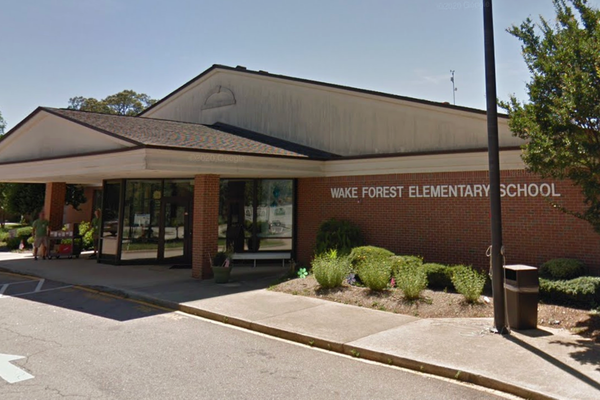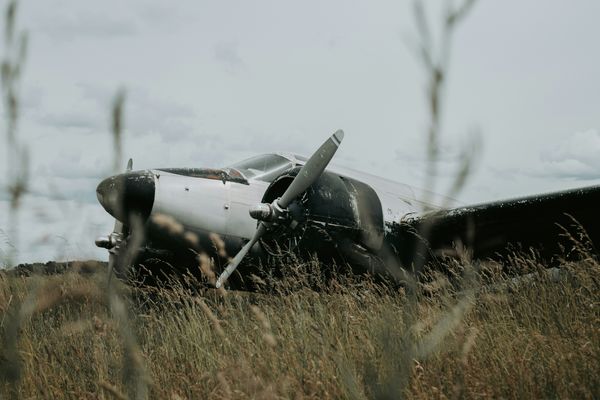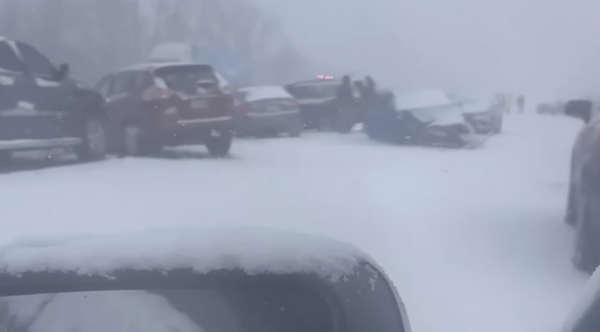
Thousands of residents were ordered to evacuate from the path of a still-active landslide in Papua New Guinea by the government on Tuesday, after parts of a mountain collapsed, burying an initial estimate of more than 2,000 people.
Relief teams in Papua New Guinea have been trickling into the difficult-to-access northern Enga region since Friday though officials said the odds of finding survivors were slim.
Residents said they have been using shovels and bare hands to search for survivors.
"The landslide area is very unstable. When we're up there, we're regularly hearing big explosions where the mountain is, there is still rocks and debris coming down," Enga province disaster committee chairperson Sandis Tsaka told Reuters.
"The landslide is still active, as people are digging through the rocks, more is still coming down."
A state of emergency has been declared across the disaster zone and a neighbouring area, with a combined population of between 4,500 to 8,000, although not all have been ordered to evacuate yet, Tsaka said.
Authorities fear a second landslide and a disease outbreak are looming at the scene of Papua New Guinea’s mass-casualty disaster because of water streams and bodies trapped beneath the tons of debris that swept over a village, a UN official said Tuesday.
The blanket of debris has become more unstable with recent rain and streams trapped between the ground and rubble, said Serhan Aktoprak, chief of the International Organization for Migration’s mission in Papua New Guinea.
“We are hearing suggestions that another landslide can happen and maybe 8,000 people need to be evacuated,” Aktoprak told The Associated Press.
“This is a major concern. The movement of the land, the debris, is causing a serious risk, and overall the total number of people that may be affected might be 6,000 or more,” he said. That includes villagers whose source of clean drinking water has been buried and subsistence farmers who lost their vegetable gardens.
“If this debris mass is not stopped, if it continues moving, it can gain speed and further wipe out other communities and villages further down” the mountain, Aktoprak said.
'Serious health risks'
Scenes of villagers digging with their bare hands through muddy debris in search of their relatives’ remains were also concerning.
“My biggest fear at the moment is corpses are decaying, ... water is flowing and this is going to poise serious health risks in relation to contagious diseases,” Aktoprak said.
Aktoprak’s agency was raising those concerns at a disaster management virtual meeting of national and international responders Tuesday.
The warning comes as geotechnical experts and heavy earth-moving equipment are expected to reach the site soon.
Military personnel have set up checkpoints and are helping move residents to evacuation centres, he said.
Heavy equipment and aid has been slow to arrive because of the remote location, treacherous terrain and tribal unrest in the area forcing the military to escort the convoys of relief teams.
More than 2,000 people were buried in the landslide which occurred early Friday, according to the government.
That is sharply higher than the initial estimates by the U.N., which has put the possible deaths at more than 670.
Former head of the local government Jiman Yandam estimated the dead at 162. Only five bodies have been recovered so far.
The variance in the total number of possible deaths reflects the difficulty in getting an accurate population estimate. The mountainous nation's last credible census was in 2000 and a 2022 voter roll doesn't include those under 18.
Tsaka declined to specify the total death toll saying he was not sure how many residents were in the area when the landslide occurred.
"From preliminary estimates, we expect it to be a significant number, in the hundreds and it could go beyond but at this point we'd like to be careful with the number," he said.
(FRANCE 24 with AP and Reuters)







